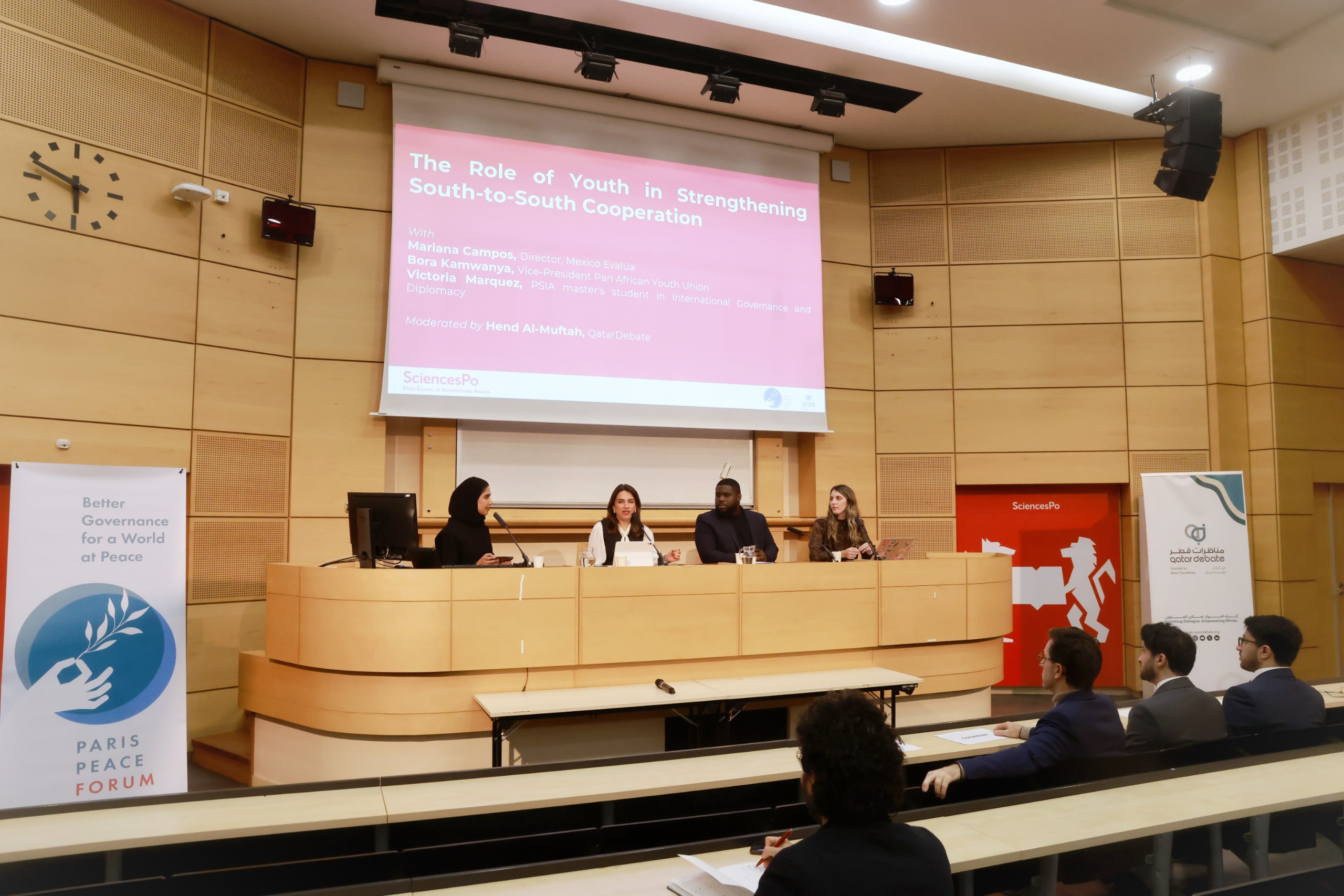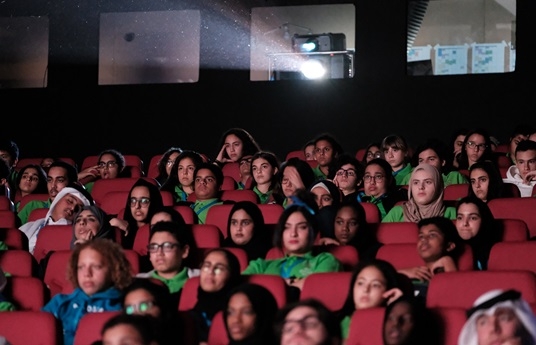In recent years, various artwork has emerged across the Gulf state .
Qatar underwent significant transformation to prepare for the millions of visitors that attended the FIFA World Cup last year.
Beyond sports, art played a major role in the event, turning Doha into an open art gallery with installations adorning streets, neighbourhoods, highways, and parks.
However, speaking to Doha News on Monday, Abdulrahman Al Ishaq, Director of Public Art at Qatar Museums, said such initiatives were never designed to end with the World Cup.
“There is a wrong impression that the World Cup is the end of the road, this is just the beginning. Qatar has always had ambitions and goals and we looked, at Qatar Museums, at the World Cup as an opportunity that would accelerate growth,” Al Ishaq told Doha News.
Led by Sheikha Al Mayassa bint Hamad Al Thani, Qatar Museums used the World Cup as yet another chance to showcase the country’s rich culture through its public art programme.
Throughout the tournament, the Qatari headpiece, known as “ghutra,” became a main symbol of the Gulf state’s culture, with the World Cup’s official poster designed by Qatari artist Bouthayna Al Muftah featuring the famous headwear. The ghutra was also featured in a sculpture at Lusail Marina, adding to a list of other installations that have embellished Qatar’s streets.
“It’s [the World Cup] an opportunity to accelerate growth and to send a cultural message to the world where we can build bridges with other cultures and it was an absolutely great opportunity,” Al Ishaq noted.
From the ghutra, dugongs, to the famous gold thumb at Souq Waqif, each installation that has propped up in Qatar also provides a key fact about the country, including its history and rich environment.
Qatar also embraced the works of international artists, merging numerous cultures under what Al Ishaq described as the “universal language of art.”
Asked on balancing international and Qatari culture in its public arts programme, Al Ishaq cited a quote by Sheikha Al Mayassa: “To globalise the local and localise the global.”
“For us to be able to export our culture and to introduce it, we have to be open to receive and discuss other cultures, that’s how we create dialogue,” Al Ishaq explained.
With each piece of public art, a conversation starts, and thought-provoking questions likely emerge among passersby without entering a museum.
“Traditionally, people feel that going to museums or gatherings is something that it’s exclusive to, which is not correct, but we’re trying to encourage that through bringing the art to the public and we believe that art has an impact on people,” Al Ishaq noted.
Launched in 2020, the “Jedari Art” program for public art is among the most prominent initiatives by Qatar Museums that contributed to the entity’s mission to incorporate art in every corner in Doha through murals and street art.
“We’re trying to be leaders in that field, to be one of the most important in the world and is led by Her Excellency, our chairperson, Sheikha Al Mayassa bint Hamad Al-Thani,” Al Ishaq said.
Art has been celebrated in Doha through numerous events that gather local and international artists, such as Qatar Creates, an annual celebration of art. Qatar Creates Week, which will be held next month, will gather artists from all over the globe to share their work with the people of Doha, serving as a creative platform of dialogue.
This year’s event will feature installations about Lebanon’s civil war, the Rohingya crisis, the migrant community in Qatar, among many others.
“Qatar Creates is basically, in my opinion, like an economic engine, it plays into the role of the vision of Qatar 2030. It’s a platform to amplify the offerings of water museums and to accelerate the artistic or cultural industry when it talks about fashion and design and creativity,” Al Ishaq said.
Asked to describe Qatar’s arts industry, Al Ishaq said,”It’s upcoming and it’s upcoming very fast.”







